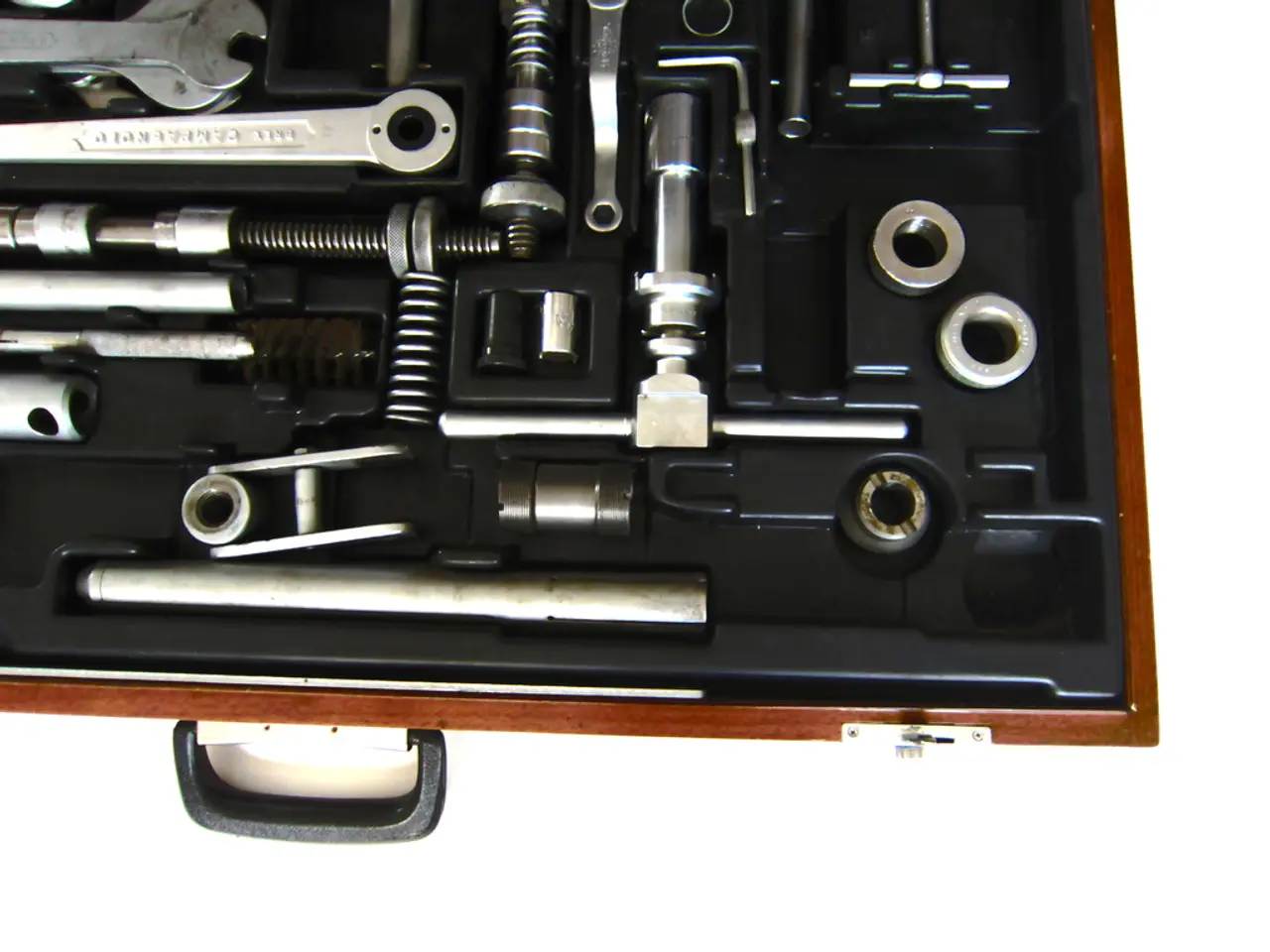Utilizing Artificial Intelligence Wisely Involves First Comprehending the Tools, and Then Deploying Them Tactfully
In the world of industrial automation, Artificial Intelligence (AI) has been a driving force for value creation for decades. The industrial AI toolbox is a diverse collection of analytical and machine learning techniques, designed to tackle specific operational needs within the industrial sector.
At the heart of this toolbox, we find predictive machine learning (ML), optimization algorithms, computer vision, and traditional natural language processing (NLP). Each of these specialized tools is tailored to address unique industrial problems. Predictive ML, for instance, excels in predictive maintenance, anomaly detection, and demand forecasting, using algorithms like Random Forest and Gradient Boosting to find patterns in structured, numerical data.
Computer vision, on the other hand, employs deep learning architectures like Convolutional Neural Networks (CNNs) to automate quality inspections, monitor safety compliance, and perform high-precision metrology. Optimization algorithms, mathematical engines par excellence, solve complex scheduling and logistics puzzles. Traditional NLP, meanwhile, extracts insights from unstructured maintenance logs and reports.
However, there's a new kid on the block: Generative AI. Unlike its counterparts, generative AI excels in creation and conversation, enabling tasks such as summarizing complex reports, generating code, or providing natural language interfaces to systems. It is not a replacement for the tools above but a complementary tool with unique strengths centered around generating new content rather than pattern detection or optimization.
The statistical, probabilistic nature of generative AI, however, makes it ill-suited for the deterministic, high-stakes calculations required for process control or asset health monitoring. A hallucinated prediction for a critical pump failure could be a catastrophe. Therefore, the most effective strategy is a blended approach that deploys the right tool for the right job seamlessly. This strategy is being adopted by mature organizations.
The Industrial Data Fabrics allow for seamless deployment of these tools, ensuring that the right tool is used for each specific use case. Using the wrong tool for a problem can be ineffective or even dangerous. For example, using a computer vision system to schedule a production line or a mathematical optimizer to analyze a maintenance log is inappropriate.
As we delve deeper into the realm of industrial AI, it's essential to understand the role of Generative AI in this landscape. In forthcoming articles, we will discuss the specific pros and cons of Generative AI in the factory and the role of AI Agents as the master conductor. Stay tuned as we explore this revolutionary technology and its transformative impact on the industrial sector.
Remember, AI is not new to industry; it has simply evolved over time. The Industrial AI series aims to shed light on this evolution and help businesses navigate the complexities of AI adoption for their operational needs.
- Embracing the evolution of technology, Generative AI is emerging as a novel addition to the industrial AI toolbox, excelling in creation and conversation, yet it remains distinct from the existing tools like predictive machine learning, computer vision, optimization algorithms, and traditional natural language processing.
- Whilst Generative AI offers unique strengths for tasks such as summarizing complex reports or generating code, the deterministic, high-stakes calculations required for process control or asset health monitoring are best left to the established industrial AI techniques, ensuring a blended approach for optimum performance.




